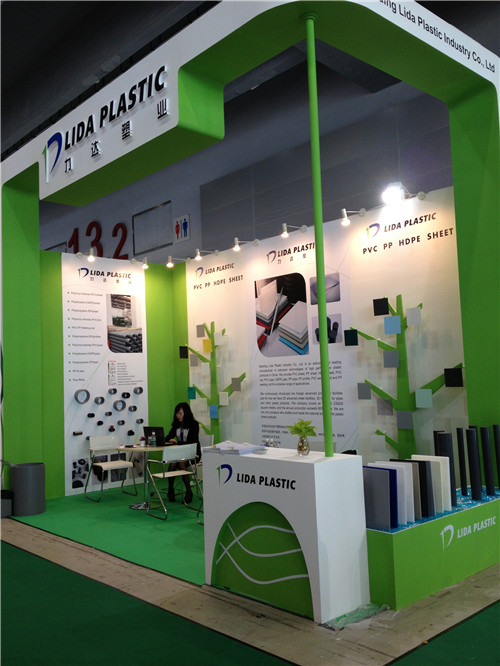Nov . 17, 2024 01:19 Back to list
pp welding rod
Understanding PP Welding Rods Types, Applications, and Best Practices
In the realm of plastic welding, the significance of adhering to high-quality materials cannot be overstated. One such critical component is the PP (Polypropylene) welding rod, a staple in various industrial applications. This article delves into the composition, applications, and advantages of PP welding rods, spotlighting why they are a preferred choice for many manufacturers and engineers.
What is a PP Welding Rod?
A PP welding rod is a thermoplastic rod made from polypropylene, a polymer known for its strength, chemical resistance, and low-density characteristics. The PP welding rod is primarily used in processes where joining two pieces of polypropylene is necessary, such as in piping systems, tanks, and plastic fabrications. Available in various diameters and colors, these rods can be heated and melted during the welding process to create a robust bond between materials.
Applications of PP Welding Rods
PP welding rods are versatile and find their utility in numerous sectors
1. Automotive Industry In vehicles, parts made from polypropylene often require repair or integration. PP welding rods are employed to secure components, ensuring durability and safety.
2. Plastic Fabrication In the construction and manufacturing of plastic products, PP rods play a crucial role in assembling components, offering a reliable joining method that can withstand various environmental conditions.
3. Chemical Storage Their resistance to chemicals makes PP welding rods ideal for use in tanks and containers designed to store hazardous materials. The robust bond achieved through welding ensures leak-proof integrity.
4. Electronics In the electronics industry, PP welding rods are used to create casings and components, protecting delicate electrical parts while providing an aesthetically pleasing finish.
5. Medical Equipment The medical sector utilizes PP welding rods to fabricate equipment that requires sterilization. Given the material’s non-reactive properties, it is ideal for applications that demand high hygiene standards.
Advantages of Using PP Welding Rods
- Durability PP is known for its excellent resistance to stress and fatigue, making it suitable for applications that require long-lasting performance.
pp welding rod

- Chemical Resistance The rods are resistant to many chemicals and solvents, which is essential in industrial settings involving corrosive substances.
- Cost-Effectiveness Compared to other welding materials, PP welding rods are relatively inexpensive, providing a budget-friendly solution for many applications.
- Ease of Use Welding with PP rods is a straightforward process that can be executed with basic welding equipment. This accessibility makes it an attractive option for both small and large-scale projects.
- Environmental Considerations Polypropylene is recyclable, which aligns with the growing demand for sustainable practices in manufacturing and construction.
Best Practices for Using PP Welding Rods
To achieve optimal results when using PP welding rods, consider the following best practices
1. Surface Preparation Ensure that the materials to be welded are clean and free from contaminants. Dirt, grease, or dust can weaken the weld and lead to failure.
2. Correct Temperature Maintain the appropriate welding temperature. Too high of a temperature can degrade the material, while too low may result in inadequate bonding.
3. Welding Technique Employ the right technique during welding. Whether you’re using hot air, extrusion, or other welding methods, consistency is key to ensuring a strong joint.
4. Cooling Time Allow the welded components to cool adequately to prevent stress fractures. Rushing the cooling process can compromise the integrity of the weld.
5. Testing Conduct regular tests on the welded joints, particularly in critical applications. This ensures that the welds will perform as expected under different conditions.
Conclusion
PP welding rods represent a pivotal material in the world of plastic welding. Their strength, chemical resistance, and versatility make them indispensable across various industries. By adhering to best practices and understanding their applications, engineers, and manufacturers can harness the full potential of PP welding rods, ensuring high-quality results. As industries continue to evolve, the demand for efficient and reliable welding materials like PP rods will only increase, paving the way for innovative solutions in plastic fabrication and repair.
-
High-Quality PPR Pipes and Fittings Durable ERA PPR & PVC PPR Solutions
NewsJul.08,2025
-
Black HDPE Cutting Board - Durable, Non-Porous & Food Safe HDPE Plastic Cutting Board
NewsJul.08,2025
-
High-Quality CPVC Panel Durable HDPE & PVC Panels Supplier
NewsJul.08,2025
-
Double PE Welding Rod Supplier - High Strength, Durable & Versatile Welding Solutions
NewsJul.07,2025
-
High-Quality PVC-O Pipe Supplier Durable 75mm PVC Pipe & Connections Leading PVC Pipe Company
NewsJul.07,2025
-
HDPE Drainage Pipe Supplier – Durable & Corrosion-Resistant Solutions
NewsJul.06,2025

